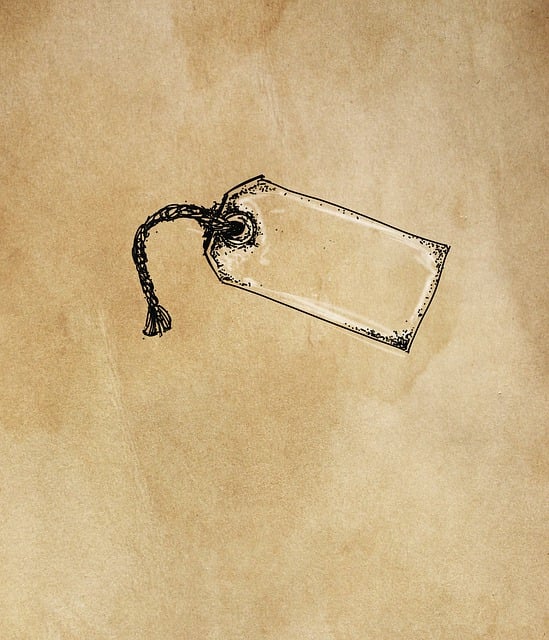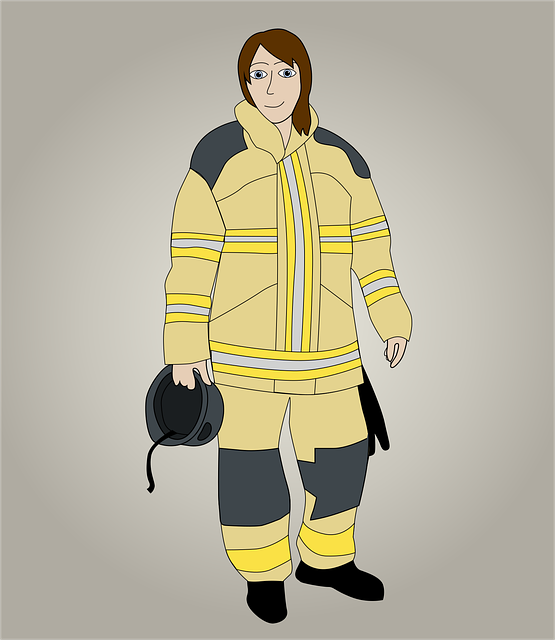Skin tags, caused by genetics or friction, can be removed in Birmingham through various methods, including cryotherapy, laser treatments, and surgery. Laser treatments, popular for their non-invasiveness, target tags with concentrated light, minimizing scarring. After removal, proper care is crucial for healing. Choosing a qualified expert ensures safe, effective Birmingham Tag Removal with minimal scarring.
Looking to rid yourself of skin tags without scarring? This comprehensive guide explores effective and safe methods to remove these common, yet often unsightly, growths. From understanding the causes and types of skin tags to delving into non-surgical options, laser treatments, at-home care tips, and choosing a qualified professional in Birmingham, this article covers everything you need to know for successful and scar-free skin tag removal.
- Understanding Skin Tags: Causes and Types
- Non-Surgical Removal Options Explained
- Laser Treatments for Scarring Prevention
- At-Home Care Tips for Fast Healing
- Choosing a Qualified Professional in Birmingham
Understanding Skin Tags: Causes and Types

Skin tags, medically known as acrochordons, are small, soft skin growths that typically appear on the neck, armpits, and groin area. They can vary in size from a few millimeters to several centimeters and often resemble small pieces of hanging skin. While they are generally harmless, some individuals may find them unsightly or uncomfortable. Understanding the causes and types of skin tags is essential when considering removal methods, especially for those seeking professional help like Birmingham Tag Removal services.
There are several factors that contribute to the development of skin tags, including genetics, hormonal changes, obesity, and frequent friction or irritation of the skin. They can be categorized into different types based on their appearance and location. Common types include pedunculated tags (with a stalk-like connection to the skin), flat tags, and warts that resemble skin tags. Recognizing these variations is crucial for choosing the most effective removal technique, ensuring minimal scarring, and achieving the desired aesthetic outcome.
Non-Surgical Removal Options Explained

There are several non-surgical removal options for skin tags, a common yet often benign growth on the skin. One popular method is cryotherapy, where extreme cold is used to freeze and destroy the tag. This procedure is typically quick and can be performed in a doctor’s office, making it an accessible choice for Birmingham Tag Removal. Laser treatments are another option, employing targeted beams of light to burn away the tag. Lasers offer precision and may be suitable for hard-to-reach areas, though multiple sessions might be necessary.
Additionally, surgery is available for more significant or persistent tags, involving a minor procedure to cut off the growth. However, these methods carry risks of scarring, so it’s essential to consult a dermatologist to determine the best approach for individual cases. Non-surgical techniques offer convenience and minimal downtime, ensuring patients in Birmingham can effectively address skin tags without leaving visible scars.
Laser Treatments for Scarring Prevention

In the realm of Birmingham tag removal, laser treatments stand out as a popular and effective method for addressing skin tags while minimizing scarring. This non-invasive procedure utilizes concentrated beams of light to target and destroy the small skin growths. Unlike traditional methods that might leave marks, lasers offer precision, reducing the likelihood of scarring significantly. The process involves multiple sessions, during which a trained professional applies the laser to the skin tags, breaking them down over time.
For those seeking Birmingham tag removal solutions, laser treatments present a promising alternative. By focusing on targeted destruction, it ensures that the surrounding skin remains intact, fostering faster healing and minimizing visible scars. This method is particularly beneficial for individuals concerned about long-term aesthetics, offering a permanent solution to the problem of unsightly skin tags without compromising the skin’s natural integrity.
At-Home Care Tips for Fast Healing

After removing skin tags at home, proper care is crucial for fast healing and minimizing scarring in Birmingham Tag Removal. First, keep the area clean and dry to prevent infection. Gently wash with mild soap and water, then pat dry thoroughly. Avoid scratching or picking at the site, as this can cause damage and leave scars. Using a gentle moisturizer can help keep the skin hydrated and support the healing process.
Additionally, consider applying over-the-counter topical creams containing ingredients like hydrocortisone or anti-inflammatory agents to reduce itching and promote faster recovery. It’s essential to follow the product instructions carefully and consult a dermatologist if any adverse reactions occur. Remember, consistent care will ensure optimal results after removing skin tags at home.
Choosing a Qualified Professional in Birmingham

When considering skin tag removal in Birmingham, selecting a qualified professional is paramount to achieving safe and effective results without scarring. Look for certified dermatologists or experienced estheticians with positive reviews and recommendations from trusted sources. A skilled practitioner will employ sterile techniques and state-of-the-art equipment to minimize pain and ensure proper healing.
Opting for a reputable clinic specializing in Birmingham Tag Removal offers peace of mind. These facilities maintain strict hygiene standards, use modern technologies like cryotherapy or laser treatments, and provide personalized advice tailored to your skin type and concerns. Prioritizing a professional approach safeguards against scarring and promotes healthy, clear skin.
Removing skin tags without scarring is achievable through various methods, from non-surgical options to laser treatments. For lasting results and minimal risk of scarring, especially in the sensitive areas common in Birmingham tag removal, consulting a qualified professional is key. By understanding your options and prioritizing at-home care during recovery, you can safely eliminate skin tags and restore your skin’s natural beauty.
